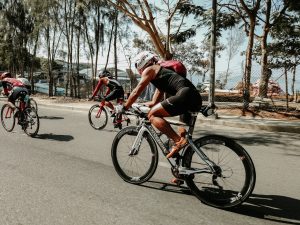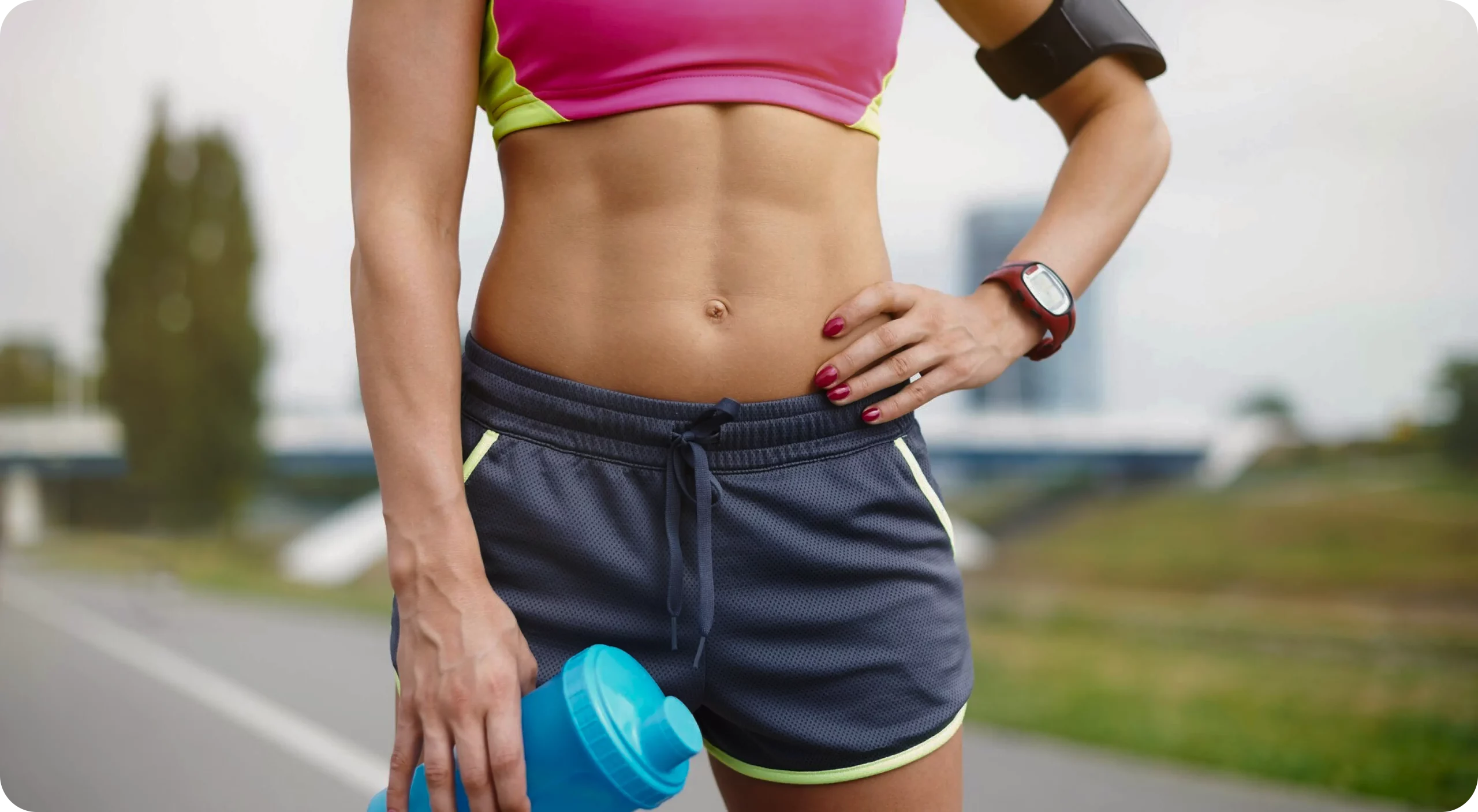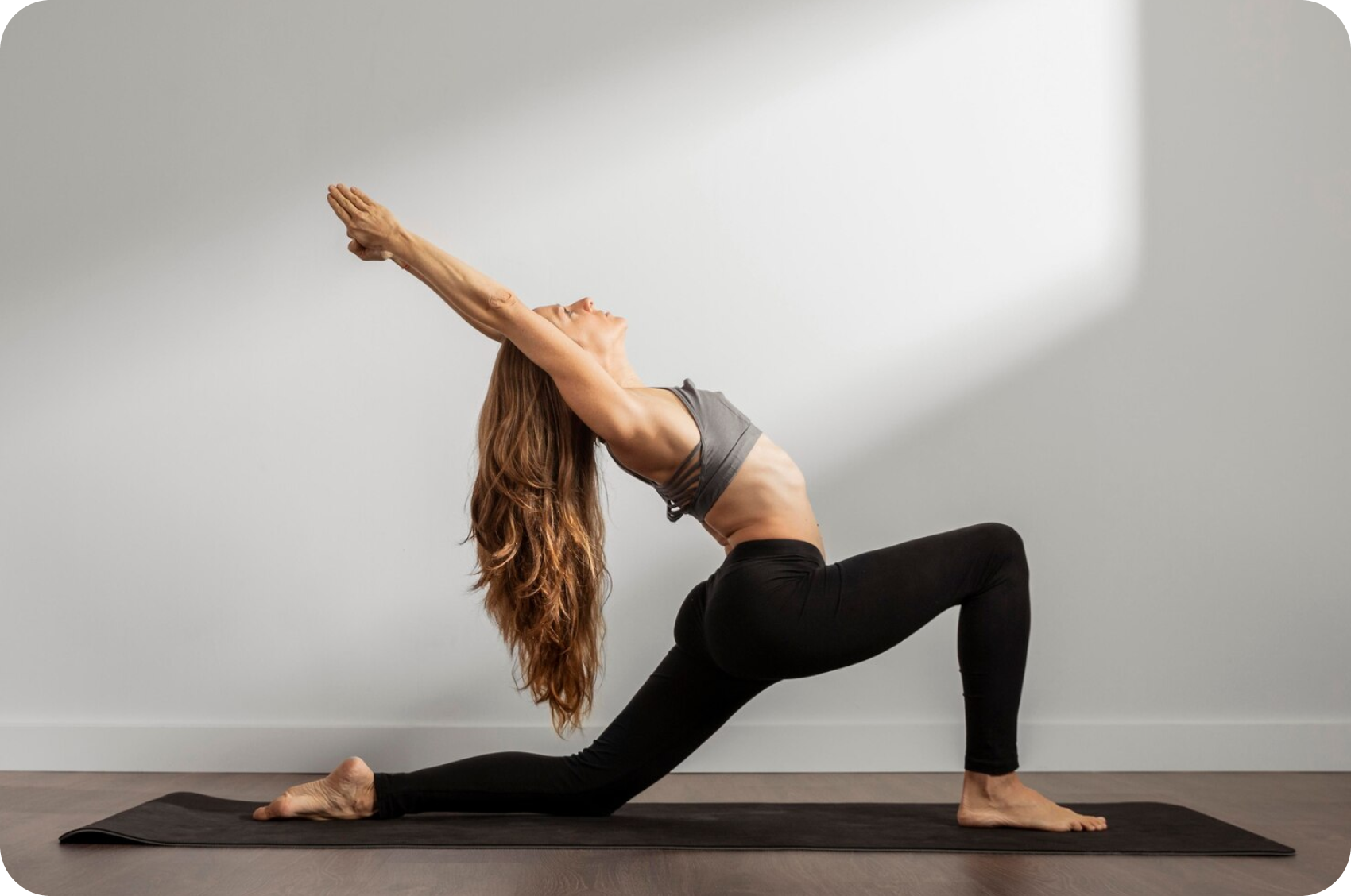This article will introduce the crucial role of triathlon cycling.
It should highlight how cycling bridges the gap between swimming and running, its proportion in the overall race distance, and the importance of cycling technique and fitness for enhancing triathlon performance.
The triathlon, a demanding multidisciplinary sport involving swimming, cycling, and running, demands strategic planning, diligent preparation, and balanced proficiency in each discipline.
Among these, cycling is a significant connector, bridging the gap between the swim and the run.
This article explores the integral role of cycling in a triathlon, its relative proportion in the overall race distance, and the importance of honing cycling technique and fitness for enhanced triathlon performance.
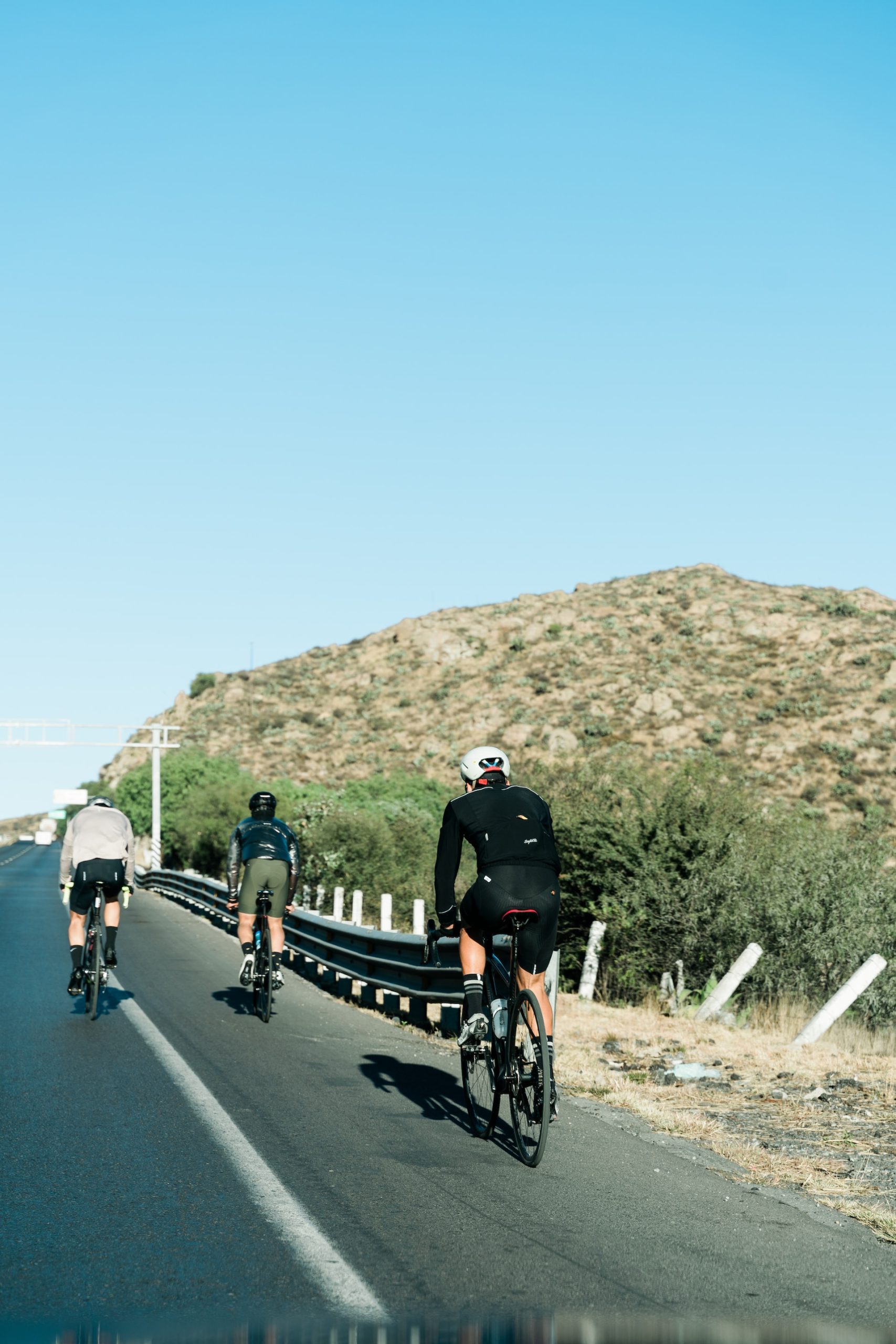
Cycling: The Heart of Triathlon
In most triathlon formats, cycling consumes the largest portion of the race, both in terms of distance and time.
For example, in an Ironman triathlon, athletes swim 2.4 miles, cycle 112 miles, and run 26.2 miles.
The cycling segment accounts for more than half of the total race distance, making it a vital component of the event.
The speed, efficiency, and energy preservation during this phase can significantly influence the final race outcome.
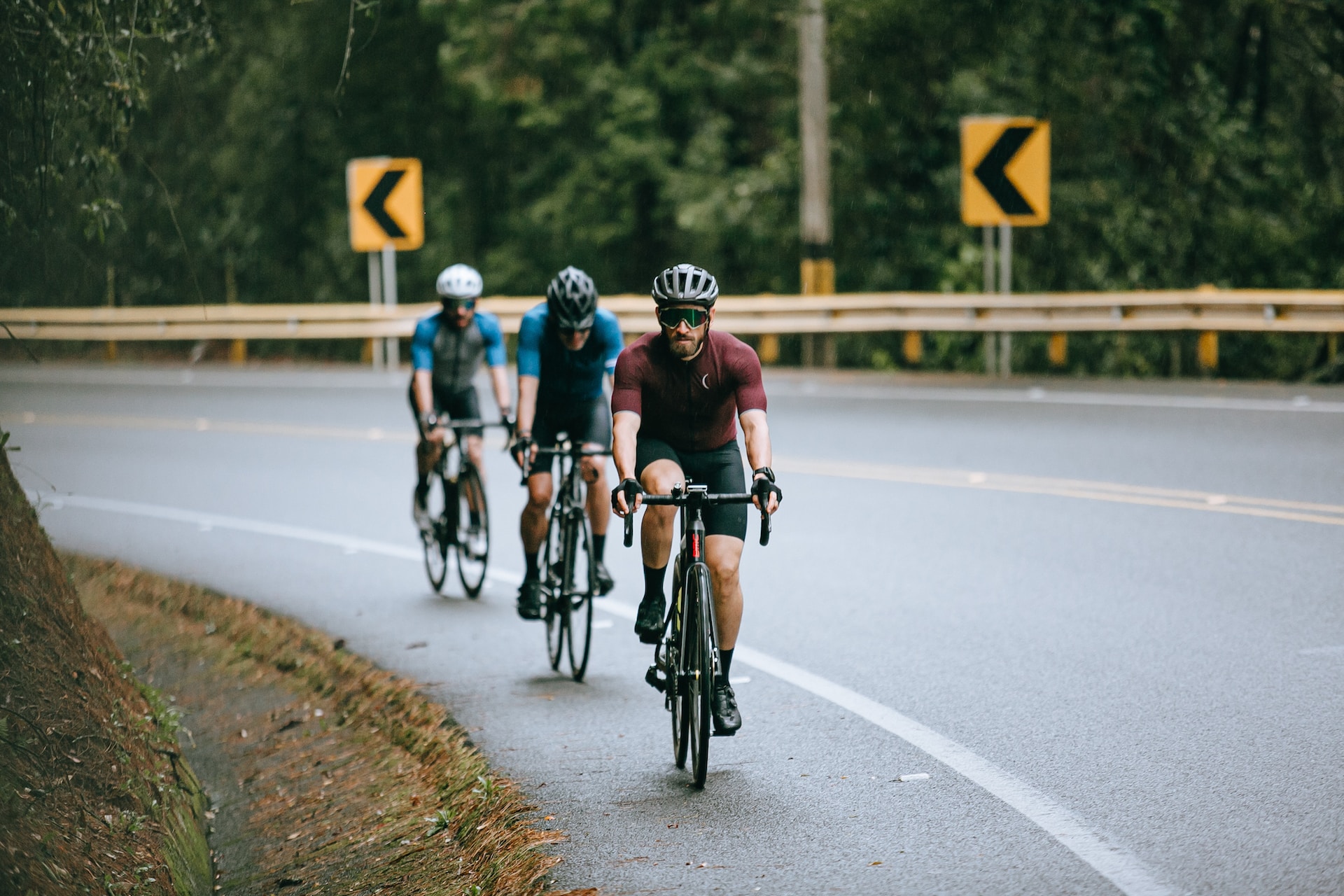
Bridging the Gap: Transition from Water to Land
Triathlon cycling is not just about the ride itself, but also about the ability to transition efficiently from swimming in triathlon to cycling, and then from cycling to running.
Termed T1 and T2, these transitions can impact the overall race time and require strategic execution. Effective cycling plays a crucial role here.
The swim-to-bike transition (T1) requires athletes to shift from horizontal propulsion in water to an upright position on the bike, which can be challenging due to sudden changes in muscle group activation and body orientation.
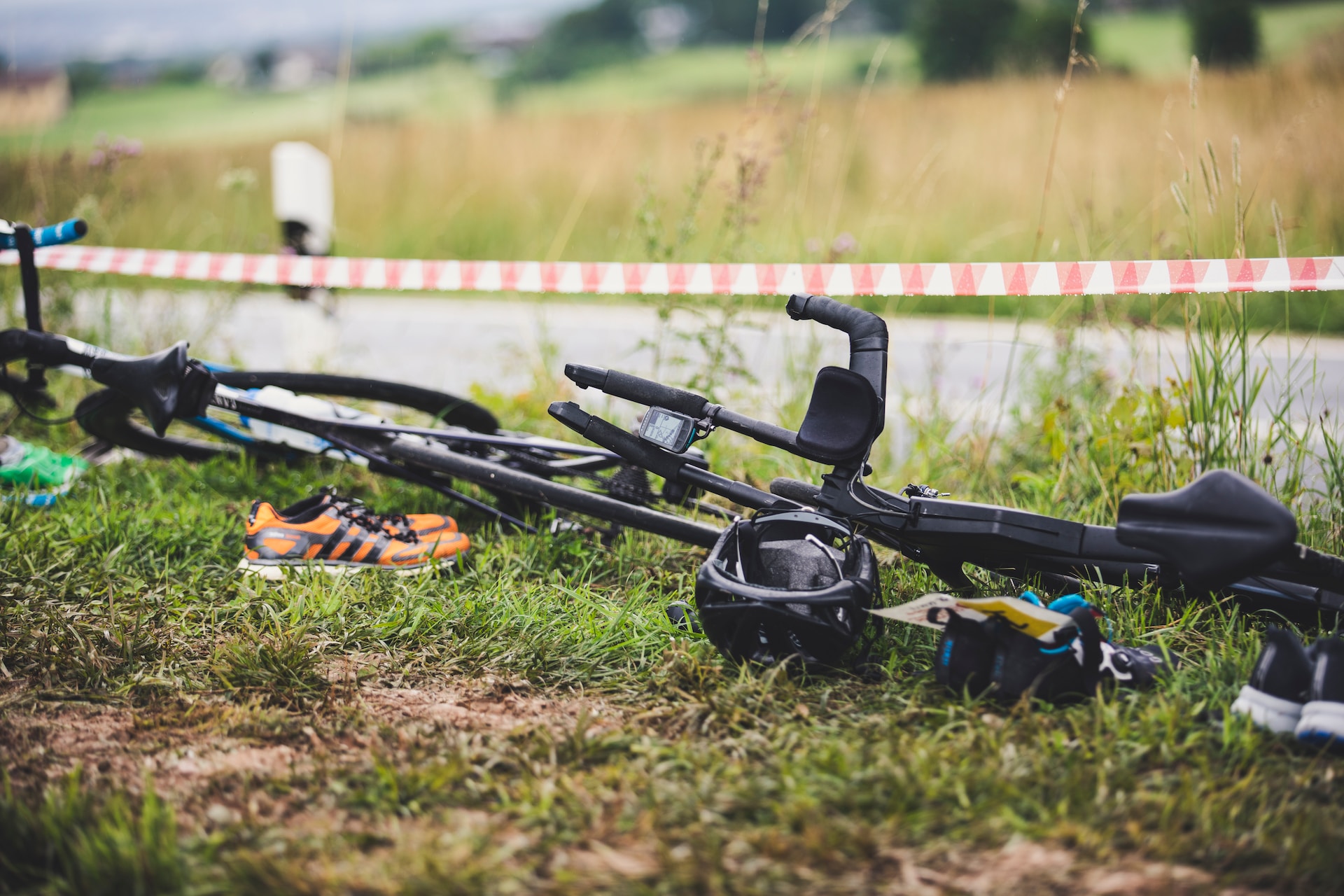
The Art of Cycling: Technique and Fitness
The significance of triathlon cycling extends beyond mere pedaling.
Cyclists need to master specific techniques such as maintaining an aerodynamic position, efficient gear shifting, uphill and downhill cycling, and handling curves.
Furthermore, they must develop cycling-specific fitness, focusing on strength, endurance, and power.
This fitness not only aids in faster cycling times but also contributes to better energy management, which can be beneficial during the final running segment.
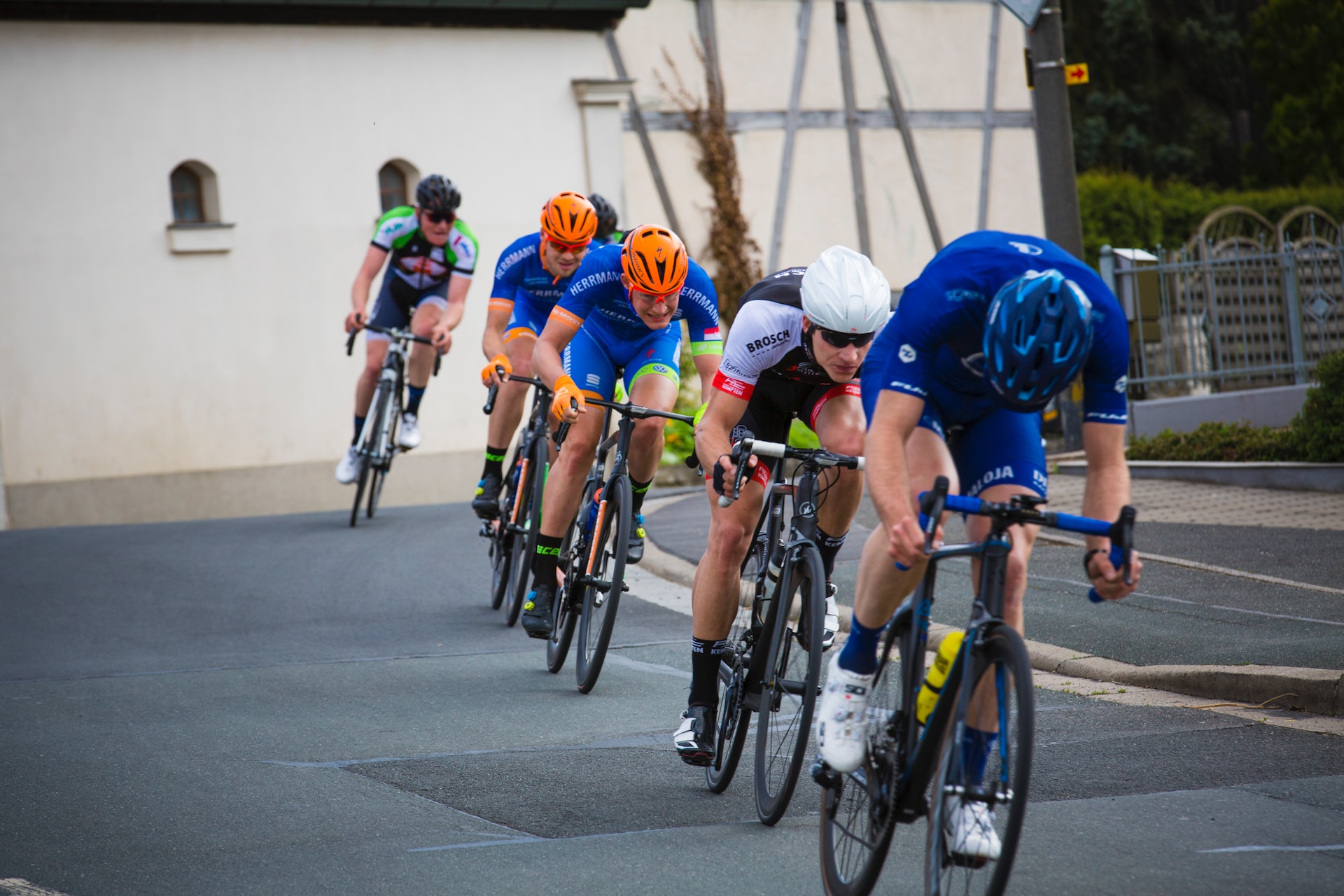
Cycling’s Influence on Overall Triathlon Performance
Given its central position and the longest segment in the race, cycling inevitably impacts overall triathlon performance.
Poor cycling can lead to premature fatigue, impacting the running phase adversely.
On the contrary, strategic and efficient cycling can conserve energy for a strong finish in the run.
Therefore, enhancing cycling performance should be an integral part of a triathlete’s.

Cycling Techniques and Fitness: Gearing up for Success
Cycling in a triathlon involves more than just mounting a bike and pedaling.
It requires precise techniques, from maintaining an aerodynamic position, and efficient gear shifting, to tackling uphills, downhills, and curves.
Jan Frodeno, the Olympic gold medalist and three-time Ironman World Champion, emphasized the importance of cycling technique, stating, “With good technique, you’re not just faster; you also stay free of injury.”
Moreover, developing cycling-specific fitness elements like strength, power, and endurance is equally crucial.
A stronger cycling fitness profile means better energy efficiency, which can be especially beneficial in the final run phase.
The legendary Chris McCormack, known as “Macca” in the triathlon world, famously said, “Triathlon doesn’t build character. It reveals it.”
Your character, in part, is exhibited through the tenacity and resilience you display during your cycling training.
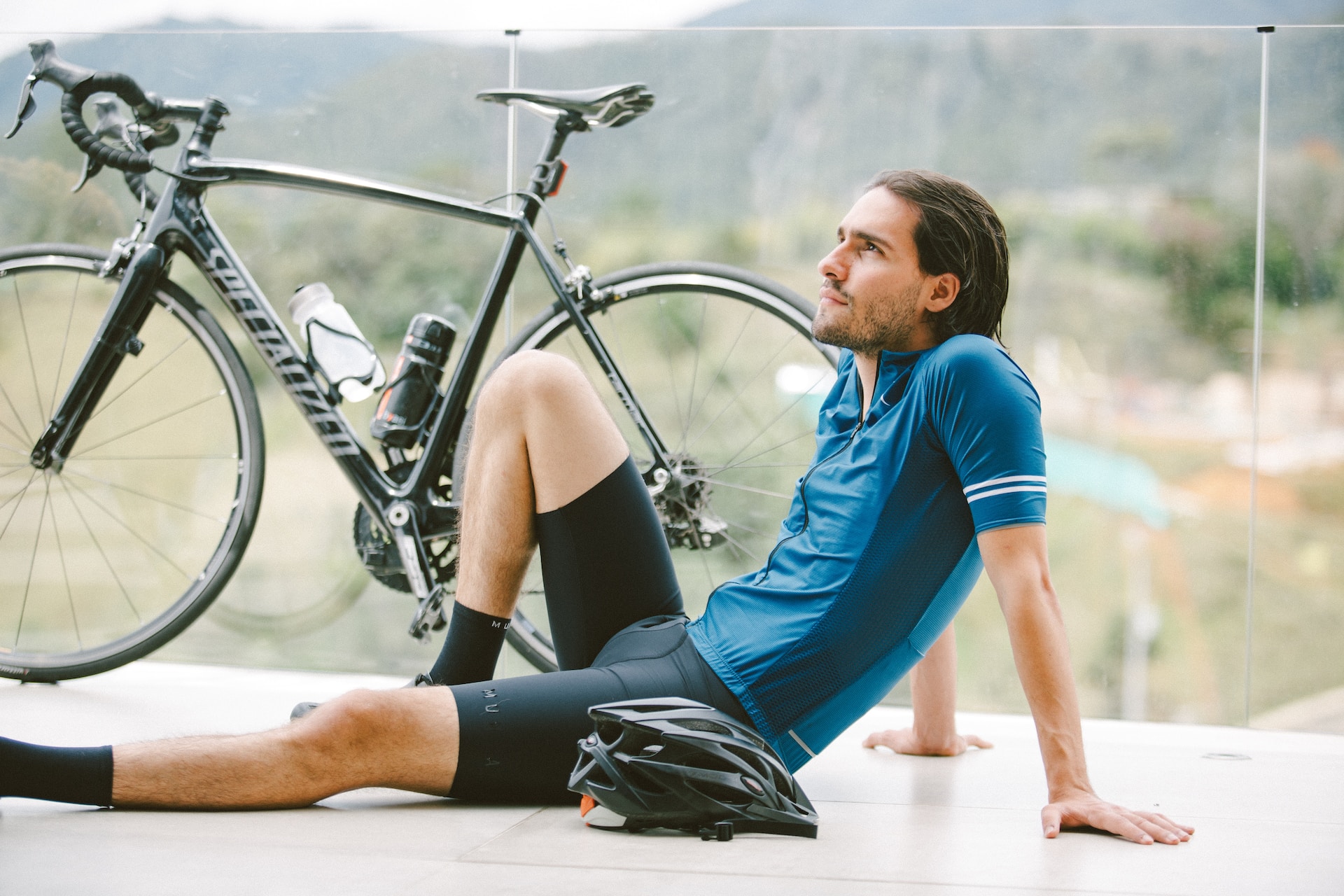
The Impact of Cycling on Your Triathlon Performance
The ripple effects of cycling performance on your overall triathlon experience can’t be overstated.
Poor cycling can lead to premature fatigue, while strategic, efficient cycling can conserve energy for a stronger running phase in the triathlon.
Consider the case of Mirinda “Rinny” Carfrae, renowned for her astounding run splits in the Ironman World Championships, who attributes part of her running success to strategic cycling.
1. The Time Spent Cycling
A study published in the Journal of Human Kinetics analyzed the race times of top triathletes during the Ironman World Championships.
It found that on average, athletes spent 54% of their total race time on the bike.
This significant percentage illustrates how much time athletes must dedicate to cycling during their race – and consequently, during their training.
2. Triathlete’s Training Hours
A 2010 study in the Journal of Strength and Conditioning Research examined how professional Ironman triathletes distributed their training hours.
They found that athletes typically spent almost half of their training time (approximately 45%) on the bike, reflecting the discipline’s substantial role in race preparation.
A study published in the Journal of Sports Sciences surveyed over 800 Ironman triathletes and found that they trained, on average, around 14 hours per week.
Among these hours, approximately 45% were dedicated to cycling, 35% to running, and 20% to swimming.
3. Energy Expenditure
Cycling’s energy expenditure is lower than running, yet higher than swimming.
A study in the European Journal of Applied Physiology found that cycling in a triathlon constitutes 40% of the total energy expenditure – a significant proportion that showcases the discipline’s intensity and why efficient cycling technique is essential.
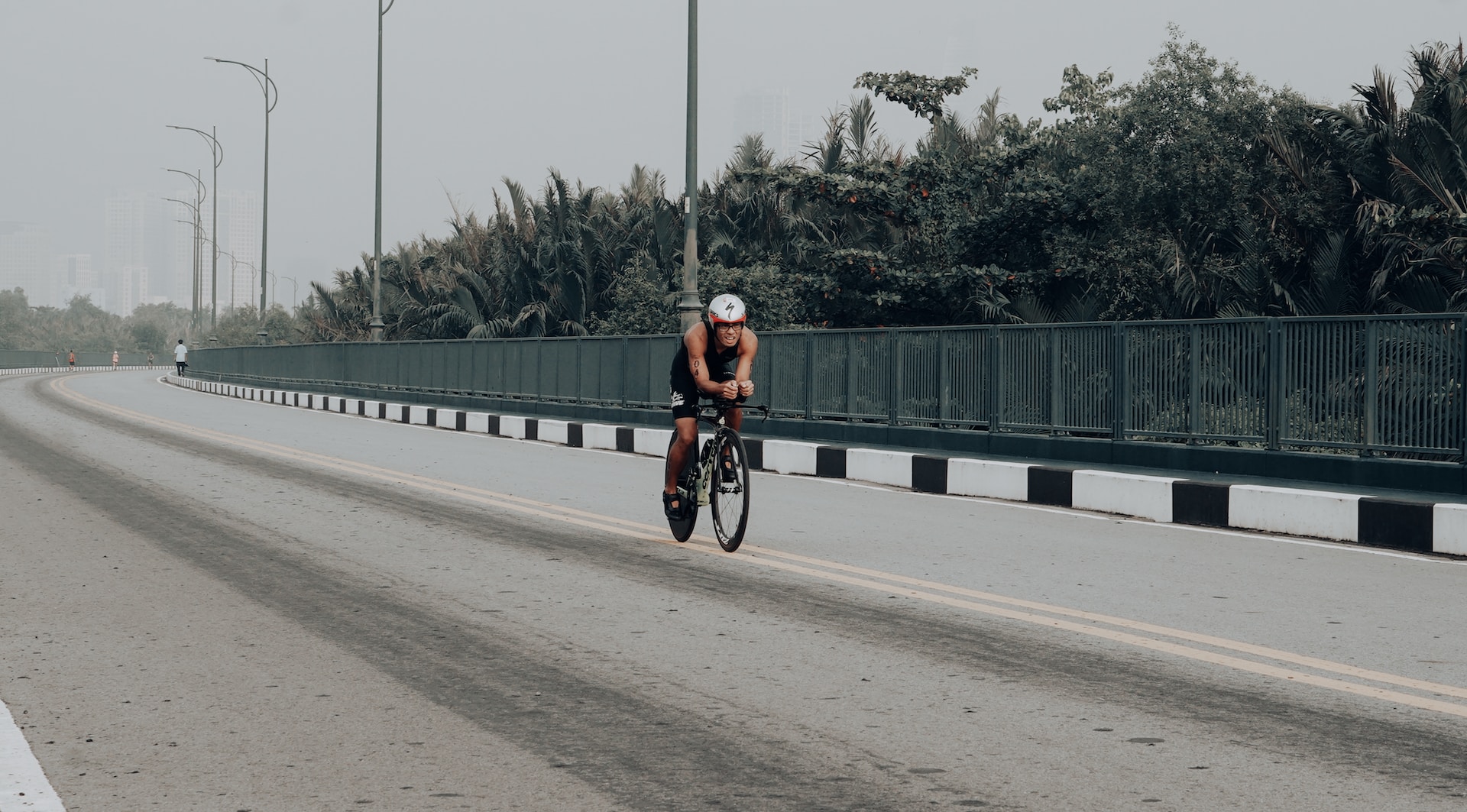
Conclusion
The journey of a triathlete is indeed a testament to their grit, determination, and love for the sport.
Renowned triathlete Craig Alexander once said, “I don’t quit. I use the difficulty of this lifestyle to motivate me rather than to give me an excuse to back away.”
This particularly applies to cycling, where the struggle and effort are real, but so is the reward.
Mark Allen, a six-time Ironman World Champion, profoundly stated, “Triathlon is a game of inches and degrees.”
This especially resonates with the discipline of cycling, where the slightest adjustment in posture, a tiny change in cadence, or a minor gear shift can substantially impact performance.
Сycling’s role in triathlon is not just significant; it’s integral.
Whether it’s the time spent on the saddle, the effort required in the transition phases, the need for effective techniques, or the stamina needed, cycling shapes a large part of the triathlon experience.
Investing time and effort into improving cycling performance can lead to noticeable improvements in overall race times, making it a worthwhile endeavor for every triathlete.
Remember, as Greg LeMond, the American former professional road racing cyclist, put it, “It doesn’t get easier, you just get faster.”
Embrace the challenge of cycling in a triathlon, equip yourself with the right training and techniques, and you’ll undoubtedly see yourself powering your pedals faster and more efficiently in your next race.
